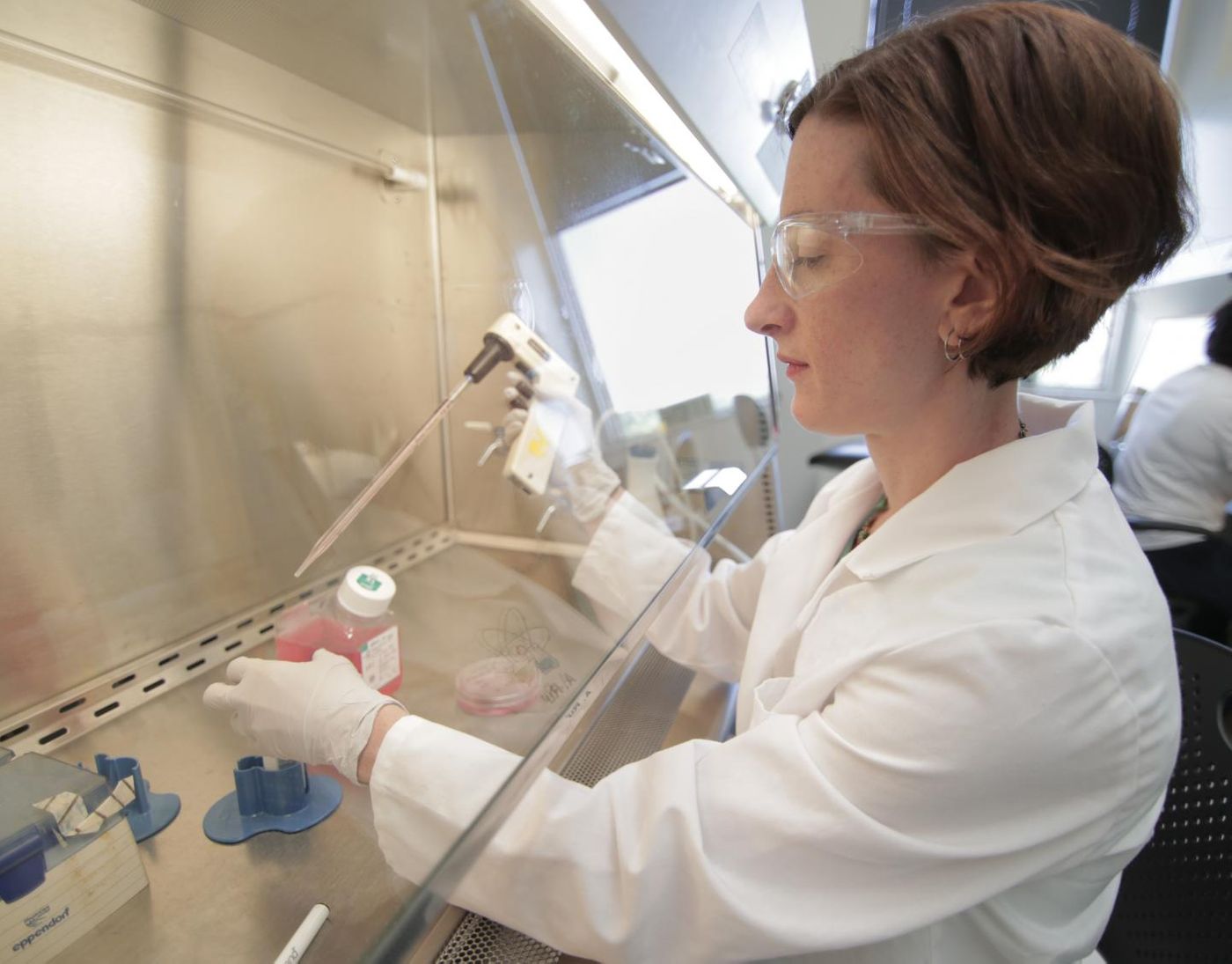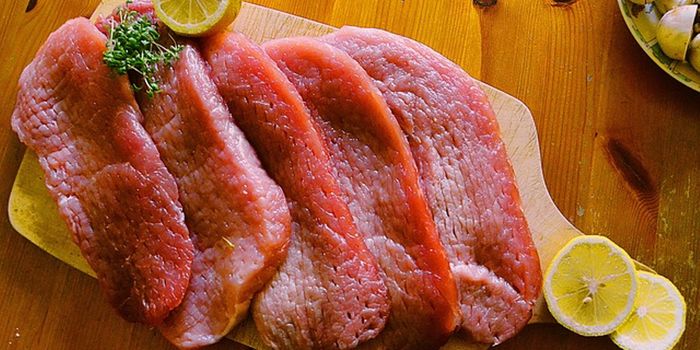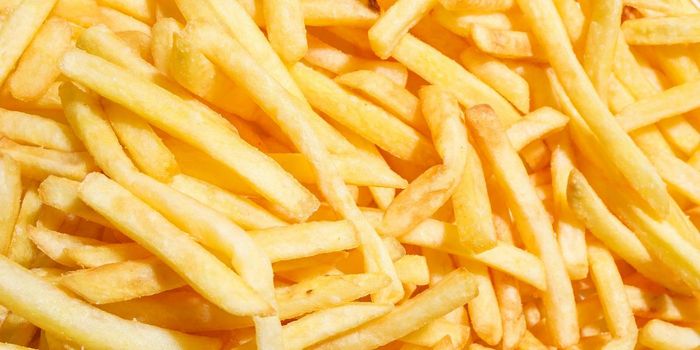What Causes Arteries to Become Narrow and Weak?
Key differences between two cardiovascular conditions call for drugs with different therapeutic activity to successfully treat each disease. From the University of Wisconsin-Madison, scientists focus on one of those diseases - calcific aortic valve disease (CAVD) - and the specific mechanisms to be targeted by new drugs.
Calcific aortic valve disease (CAVD) is a progressive disorder that develops slowly, characterized by valve thickening, ranging from mild to severe depending on how much calcification develops in the aortic valve. The aortic valve is responsible for actively transporting oxygenated blood from the heart to the aorta, which then takes the blood to all of the body’s organs. CAVD affects a quarter of all adults over the age of 65.
Their study focuses on CAVD as opposed to atherosclerosis, which is defined by fatty deposits, called plaque, that clog up arteries and cause arteries to become thicker and narrower, inhibiting blood flow and thus the ability of oxygen to reach the body’s organs. The new study works to highlight the differences between atherosclerosis and CAVD, especially when it comes to drugs that might work to treat one and not the other.
"For a long time, people thought CAVD was just the valvular equivalent of atherosclerosis," explained study leader Kristyn Masters, PhD. "Today, we know that valve cells are quite unique and distinct from the smooth muscle cells in our blood vessels, which explains why some treatments for atherosclerosis, such as statins, don't work for CAVD, and why the search for drugs has to start from scratch."
Just one percent of people with CAVD will go on to develop stenosis, where the aortic valve narrows significantly, negatively impacting blood flow and the heart muscle. Valve replacement is the only existing treatment stenosis, often a high-risk, high-expensive, highly-invasive surgical procedure.
"With a better understanding of how the disease progresses from early to later stages, we may eventually be able to stop CAVD in its tracks and avoid valve replacement surgery,” Masters explained.
Masters and her team conducted their study using a pig model of CAVD, a model more structurally similar to humans than other common animal models, like mice. They found that CAVD development is initiated by the collection of certain sugar molecules called glycosaminoglycans (GAGs) in valve tissue.
To determine how the tissue responds to increasing levels of GAGs, researchers conducted more experiments with varying amounts of of the sugar molecules, watching how valve cells respond. They found that the more GAGs valve cells were exposed to, the “fewer inflammatory factors the cells produced and the ‘happier’ they were,” according to Masters. They also saw that GAGs promoted new blood vessel growth and attracted low-density lipoprotein (LDL) molecules, also known as “bad” cholesterol. Although this attraction was slow, it made it more likely for oxygen to react with LDL, eventually leading to valve cell damage.
With the recent discoveries, Masters and other researchers hope that they can develop new drugs that prevent CAVD from progressing to stenosis by making GAGs less likely to bind LDL, different mechanisms than used in drugs to treat atherosclerosis.
The present study was published in the journal Proceedings of the National Academy of Sciences.
Source: American Heart Association, European Cardiology, University of Wisconsin-Madison









